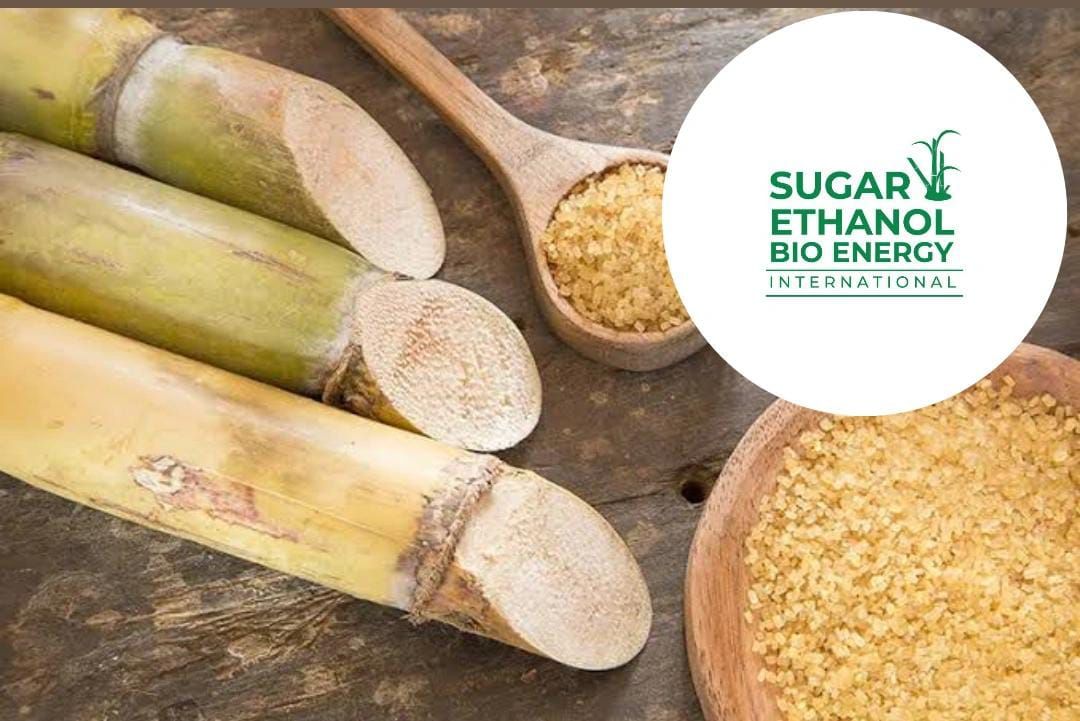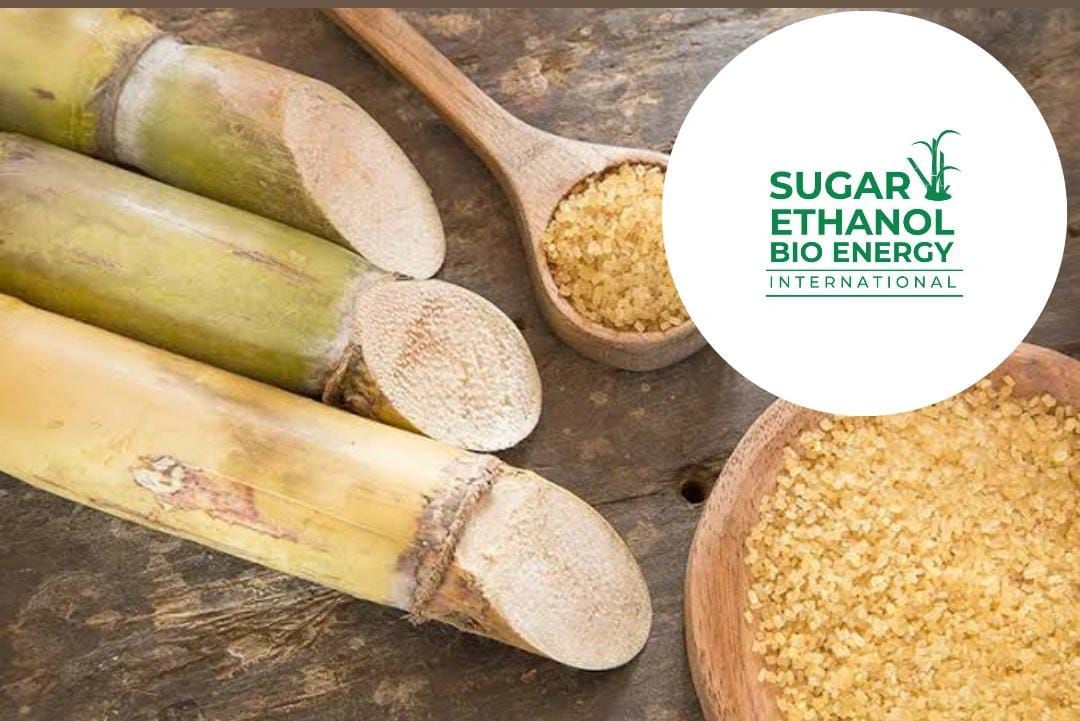
This headline reflects India's recent government and industry actions aimed at ensuring that the sugar sector remains:
Stable (ensuring fair cane prices for farmers, adequate domestic supply), and
Growth-oriented (supporting ethanol production, increasing export potential, and improving efficiency).
Let’s break down the developments under this theme:
Fair & Remunerative Price (FRP) Increased for Farmers
The government raised the FRP of sugarcane to ₹355/quintal (for 10.25% recovery).
Even if the recovery rate falls below 9.5%, farmers will still receive ₹329.05/quintal, providing income assurance.
The new FRP is over 105% higher than the production cost, which aligns with government efforts to support farmers while keeping mill operations viable.
Sugar Production to Rebound Strongly
Sugar production in 2025–26 is projected to rise 15–18%, reaching around 35 million tonnes. This recovery follows weather-related declines in previous years. Key sugar-producing states like Maharashtra and Uttar Pradesh are expected to have strong cane availability due to good monsoon.
Policy Push: More Flexibility for Ethanol Production
The government has removed caps on ethanol production from sugarcane juice, B-heavy and C-heavy molasses. Sugar mills can now divert more sugar (≈5 million tonnes) for ethanol blending under the ethanol blending program (EBP). This ensures better price realization for mills, faster farmer payments, and contributes to energy security and carbon reduction.
Export Strategy for Surplus Sugar
With higher production expected, the Indian Sugar & Bio-Energy Manufacturers Association (ISMA) is urging the government to allow 2 million tonnes of sugar exports. The export quota, combined with ethanol diversion, will help manage domestic surplus without crashing prices. India had restricted sugar exports in previous years to control inflation.
Balancing Priorities: Farmers, Industry, and Consumers
The policies aim to:
Protect farmer incomes (via FRP hikes), Allow industry flexibility (ethanol, exports), Ensure price stability for consumers (by avoiding excess supply in domestic market), Meet climate and fuel goals (via ethanol blending).
The sugar season 2025–26 is expected to be transformative:
- Higher cane output
- Better payments for farmers
- Stronger ethanol-based diversification
- Smoother stock and price management via exports
The phrase "Aligning Policy for Stability & Growth" reflects the government's approach of balancing



